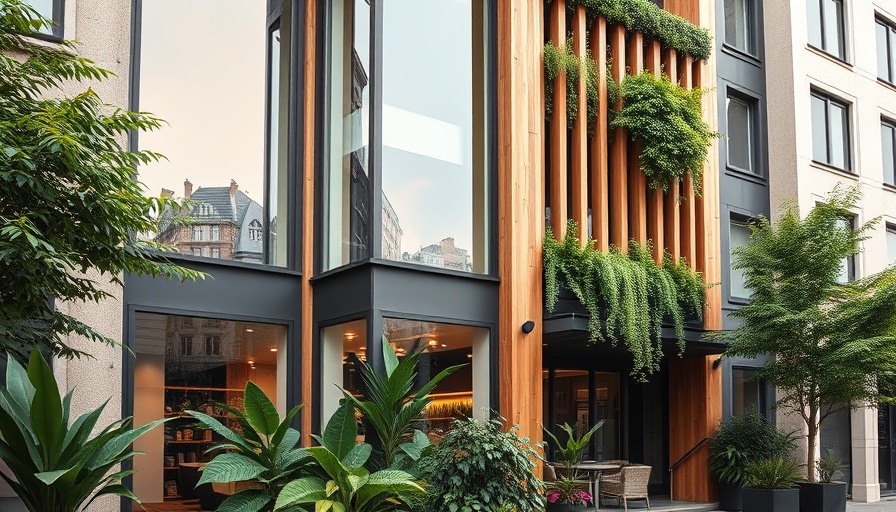
Manchester United's Ambitious Future: A 100,000-Seat Stadium by Foster + Partners
Manchester United fans and architecture enthusiasts alike are buzzing with excitement over the recent announcement of a stunning new stadium designed by world-renowned firm Foster + Partners. This new venue promises to not only transform the iconic club's home but also to redefine the landscape of sustainable stadium design.
Conceiving a Modern Marvel
Set to surpass Wembley Stadium's capacity of 90,000, the proposed Manchester United stadium will accommodate a whopping 100,000 fans, making it the largest football stadium in the UK. The design features a remarkable three-spire structure rising over 650 feet, offering a striking silhouette visible from 40 miles away.
Sir Norman Foster, the visionary behind the project, described his design as an evolution of the traditional stadium, emphasizing an open, inviting atmosphere rather than a fortress surrounded by parking lots. He aims to create a stadium that fosters a sense of community and connection, alongside a public plaza reputed to be twice the size of Trafalgar Square, a compelling nod to communal spaces.
A New Heartbeat for Old Trafford
This innovative stadium is part of a broader redevelopment plan that envisions transforming the area surrounding Old Trafford into a vibrant mixed-use city quarter. The inclusion of 17,000 homes, office spaces, and retail areas will breathe new life into the neighborhood, making it both a sports hub and a cultural epicenter.
Co-owner Sir Jim Ratcliffe emphasized that while the new stadium will honor the legacy of Old Trafford, the ambitious project is necessary to keep Manchester United at the forefront of global sports architecture. The goal is not just to enhance fan experience but to also ensure the club competes with the best arenas in the world.
Sustainability at the Forefront
Apart from its unprecedented size, one of the most significant aspects of the new stadium is its focus on sustainability. The design employs advanced technologies to harvest rainwater and generate energy, exemplifying Foster's commitment to environmental responsibility. Lord Foster highlighted that this stadium is not merely a venue for sporting events, but a model for sustainable urban planning.
Challenges ahead: Affordability and Acceptance
However, this grand project is not without its controversies. Fans have expressed concern over the potential demolition of the beloved Old Trafford, worrying it could lead to the alienation of local supporters in favor of an upscale corporate identity. Critics have labeled the development as a 'corporate theme park,' questioning the true intentions behind the glitzy façade. The debate underscores a wider conversation about the balance between maintaining sports traditions and embracing modernity.
Future Insights: What Lies Ahead
As Foster + Partners begin their work, there is anticipation and apprehension. Construction is projected to take just five years—an ambitious estimate considering the complexity of stadium builds. The use of prefabrication to quicken the construction process could set a new trend within the industry, not just for sports venues but for large-scale developments in general.
If successful, Manchester United's new stadium could very well ignite a renaissance in how sports arenas are conceptualized. It may serve as a paradigm shift in fan experience, community engagement, and sustainable architecture.
For homeowners and buyers seeking inspiration from great design, the evolution of this stadium presents an opportunity to look beyond the conventional. The blending of sports architecture with sustainable practices reinforces that visionary urban planning can create spaces for both leisure and community.
Let Us Design, Plan & Build Your Next Home or Remodel! Call 831-521-7729.
 Add Row
Add Row  Add
Add 




 Add Row
Add Row  Add
Add 

Write A Comment